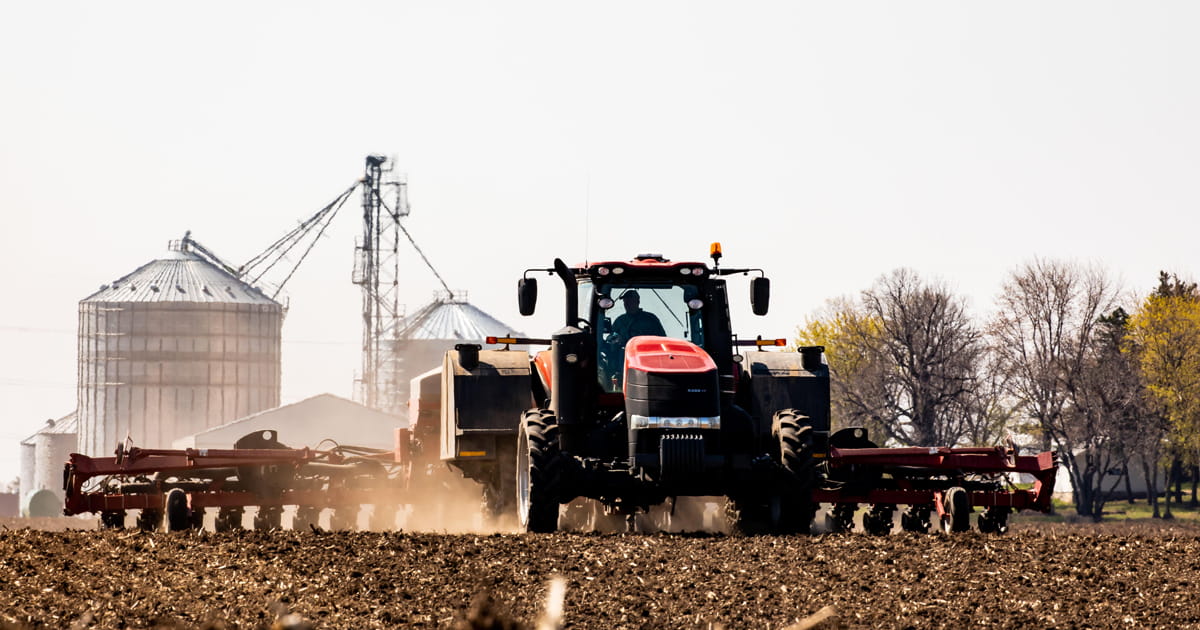The U.S. Department of Agriculture Prospective Plantings report will be released March 28. Joe Lardy, a research analyst with CHS, says weather could play an unusually large role in planting decisions.
“Coming out of a mild winter, we have some conditions that are conducive to early planting” says Lardy. “It’ll be interesting to see how aggressive producers get with that early planting opportunity.”
He adds preplant acre projections and what goes in the ground often differ. “Going into this report, we can’t be too comfortable even if everybody agrees on a particular number.”
Corn acreage outlook
At the USDA Ag Outlook Forum in mid-February 2024, the agency projected U.S. farmers would plant 91 million acres of corn. Lardy anticipates the eventual number to be higher.
“We had enough fall application of fertilizer that people aren’t going to switch away from planting corn if they’ve got fertilizer down,” he says. “I expect that [corn] acreage number to be anywhere from 92 to 92.5 million.”
Lardy adds the USDA yield model projects an 2024 U.S. average corn yield of 181 bushels per acre.
“When we couple a large acreage number with a potentially high yield number, we should expect a heavy corn carryout as we start the new marketing year,” explains Lardy.
Soybean acreage outlook
Among the top factors impacting soybean planting decisions is weather, Lardy says. Some farmers planted soybeans in March, he adds, well ahead of crop insurance initial planting dates.
“Something else to look at is the price ratio between soybeans and corn. In mid-March, that ratio is 2.53, so soybeans are 2.53 times the price of corn,” he explains. “That’s a historically high number. The market is sending a signal to farmers to potentially plant soybeans, given that beans could pay off better [than corn].”
To counteract low prices, Lardy says farmers need to “grow their way out of the problem.” To do this on the corn side, he explains that farmers can put more money into fertilizers and on the beans side, they can take advantage of the mild weather window and plant early.
Lardy also explains that additional soybean acres could mean large carryout numbers.
“Some of the early projections with soybean carryouts are 400 million to 500 million bushels,” he says. “Last time we saw carryout numbers that high, soybean prices were below $9 per bushel.”
Wheat acreage outlook
China canceled multiple wheat sales from the U.S. and other countries in early 2024, pulling the domestic wheat market lower. Lardy says that could influence spring wheat planting decisions.
“[The price drop] could disincentivize people from planting wheat and possibly switching some acres to soybeans, especially in the Dakotas,” he adds.
Any information or opinions presented is for general informational purposes only and does not constitute trading, legal or other professional advice and should not be relied on or treated as a substitute for specific advice relevant to particular circumstances. CHS makes no warranties, representations or undertakings, whether express or implied, about any information or opinions and shall not be liable for the use of any information or opinions, or any inaccuracies or errors therein or omissions therefrom.


 Audio Clip
Audio Clip




